I wish to visualize how well a clustering algorithm is doing (with certain distance metric). I have samples and their corresponding classes. To visualize, I cluster and I wish to color the branches of a dendrogram by the items in the cluster. The color will be the color most items in the hierarchical cluster correspond to (given by the data\classes).
Example: If my clustering algorithm chose indexes 1,21,24 to be a certain cluster (at a certain level) and I have a csv file containing a class number in each row corresponding to lets say 1,2,1. I want this edge to be coloured 1.
Example Code:
require(cluster)
suppressPackageStartupMessages(library(dendextend))
dir <- 'distance_metrics/'
filename <- 'aligned.csv'
my.data <- read.csv(paste(dir, filename, sep=""), header = T, row.names = 1)
my.dist <- as.dist(my.data)
real.clusters <-read.csv("clusters", header = T, row.names = 1)
clustered <- diana(my.dist)
# dend <- colour_branches(???dend, max(real.clusters)???)
plot(dend)
EDIT: another example partial code
dir <- 'distance_metrics/' # csv in here contains a symmetric matrix
clust.dir <- "clusters/" #csv in here contains a column vector with classes
my.data <- read.csv(paste(dir, filename, sep=""), header = T, row.names = 1)
filename <- 'table.csv'
my.dist <- as.dist(my.data)
real.clusters <-read.csv(paste(clust.dir, filename, sep=""), header = T, row.names = 1)
clustered <- diana(my.dist)
dnd <- as.dendrogram(clustered)


